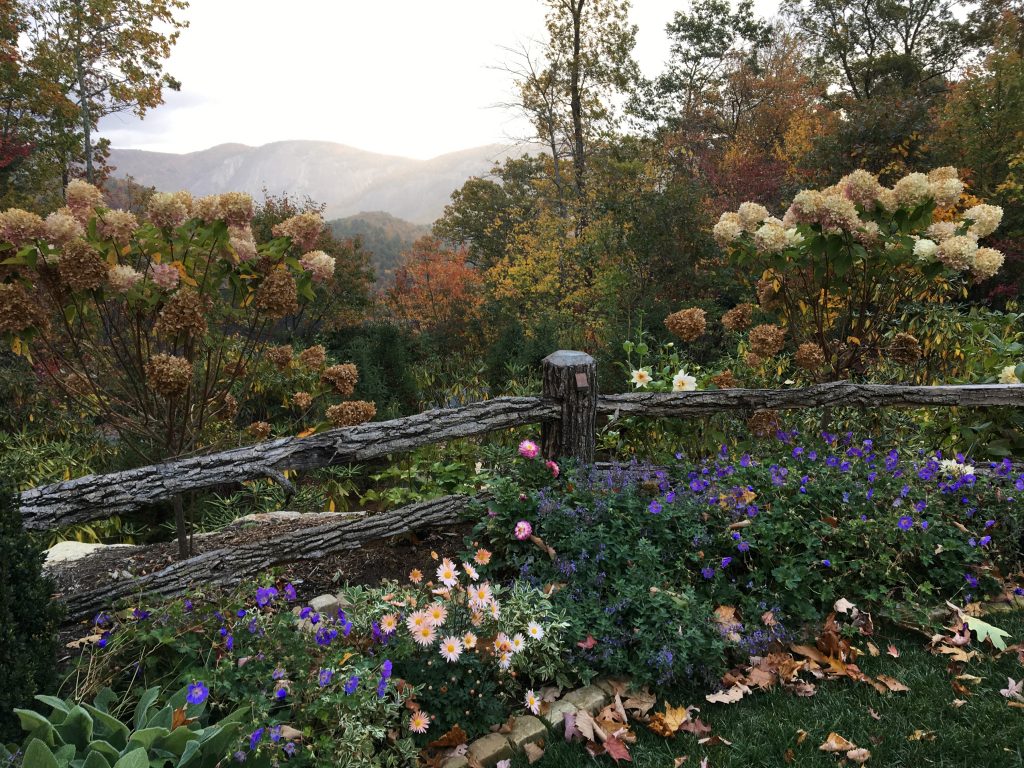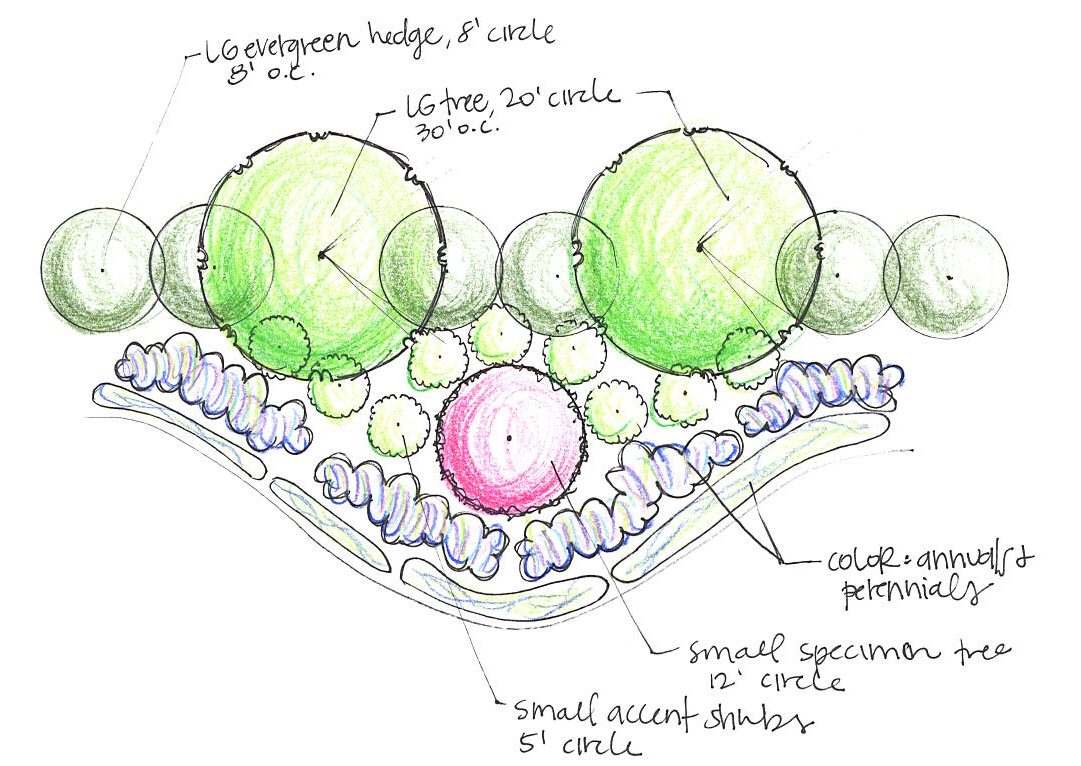If you live on a site that doesn’t have a whole lot of existing woodland and trees, you can recreate your own natural edge by considering a bird’s perspective.
Many of us live in neighborhoods or on plots that lack any real place for the lovely birds, butterflies, and other wildlife we love to call home. In the process of creating our homes, often woodlands are cut down, the soil is moved and disturbed, and we lose a lot of habitat. As Placemakers we have an incredible opportunity to re-create and regenerate these spaces for the animals we love to call home.
By creating a bird friendly hedge on the edge of your site, you can not only create places for local wildlife to live and thrive, but you can create a beautiful and functional privacy hedgerow. A proper hedgerow will rewild the edges of your property, creating home for local wildlife, and will also make your neighbors happy.
How to Create an Avian Sanctuary Along the Edges of Your Site:
It’s easy! Birds need three basic things: food, water, and shelter. A warm cozy place to nest and their favorite foods are all they need to pay you a visit.
Food: Birds eat the fruit, seeds, and nectar from a variety of native plants. They also eat insects and other small animals that thrive in a healthy habitat.
Water: Birds drink fresh water wherever it collects–from rain or even leaking water fountains. They can also get moisture from food. They also love an elegant bird bath nearby in the garden for spring time splashing.
Shelter: Native plants provide birds with safe places to sleep, hide from predators, and make nests for their young. Plants also give shade from the summer heat, shelter from winter cold, and a dry place when it rains.

Hedgerow Planting Design Tips:







Whenever creating a planting design, you want to include a variety of plants: some deciduous and some evergreen, a mixture of trees, shrubs, and groundcovers too. This will not only provide visual interest to the design, but also give birds and other local wildlife everything they need to thrive.
For the first planting row, closest to the edge of your site, you can plant high bushy things that can help block the view of a neighbor while also creating habitat. Plant high dense things. Mix evergreens and deciduous trees and shrubs and throw in some food plants like viburnums and plants that will mature into a tall hedgerow.
Then, say five to ten feet in front of those plants depending on how much room you have/need you can plant a row of smaller plants. Maybe your first planting row includes trees and shrubs that will reach 20 to 30 feet tall. So for this second row, you would plant things that will mature to about 10 to 12 feet tall.
From there just cascade down with a row of some smaller shrubs and groundcovers like blueberry bushes or azaleas. Then at the very edge, assuming you have an open space that you use for entertaining or parking etc, that’s where you plant smaller things that may be 18 inches to three feet tall. By cascading down with your planting design, you’re giving a three dimensionality that a bird would need to feed, to rest, and to nest.
Not only that, but this kind of design is aesthetically pleasing as it mimics woodland edges in nature. By thinking like a bird, we can create natural and beautiful edges to our home landscapes!

How to Find the Perfect Plants for Your Design:
Local and migratory birds have evolved to depend on native plants for food and shelter. By planting the native plants that they love in a hedge row together, they will have everything they need to RSVP to the hedge party.
When it comes to choosing your plants, consider what types of birds you might want to attract. Some local birds are very omnivorous, but some have a very specific diet, and only eat from specific native plants.
To find great recommendations for plants for your hedgerow that are native to your area, check out the incredible database created by the Audubon Society.
All you do is search your zip code, and they will give you a list of lovely bird friendly plants native to your area. They even show you which specific birds they attract! You can explore the Audubon Database here:

Lend Mother Nature a Hand and Help Rewild Your Neighborhood!

With a little research and planning, you can turn the often overlooked edges of your garden into a vibrant and verdant hedgerow.
Your bird-friendly hedgerow will not only provide you beauty and privacy, but it will also provide habitat for local wildlife for years to come. Let’s re-wild the neighborhood!
Together, we’re making the world a greener more beautiful place, one garden at a time.

